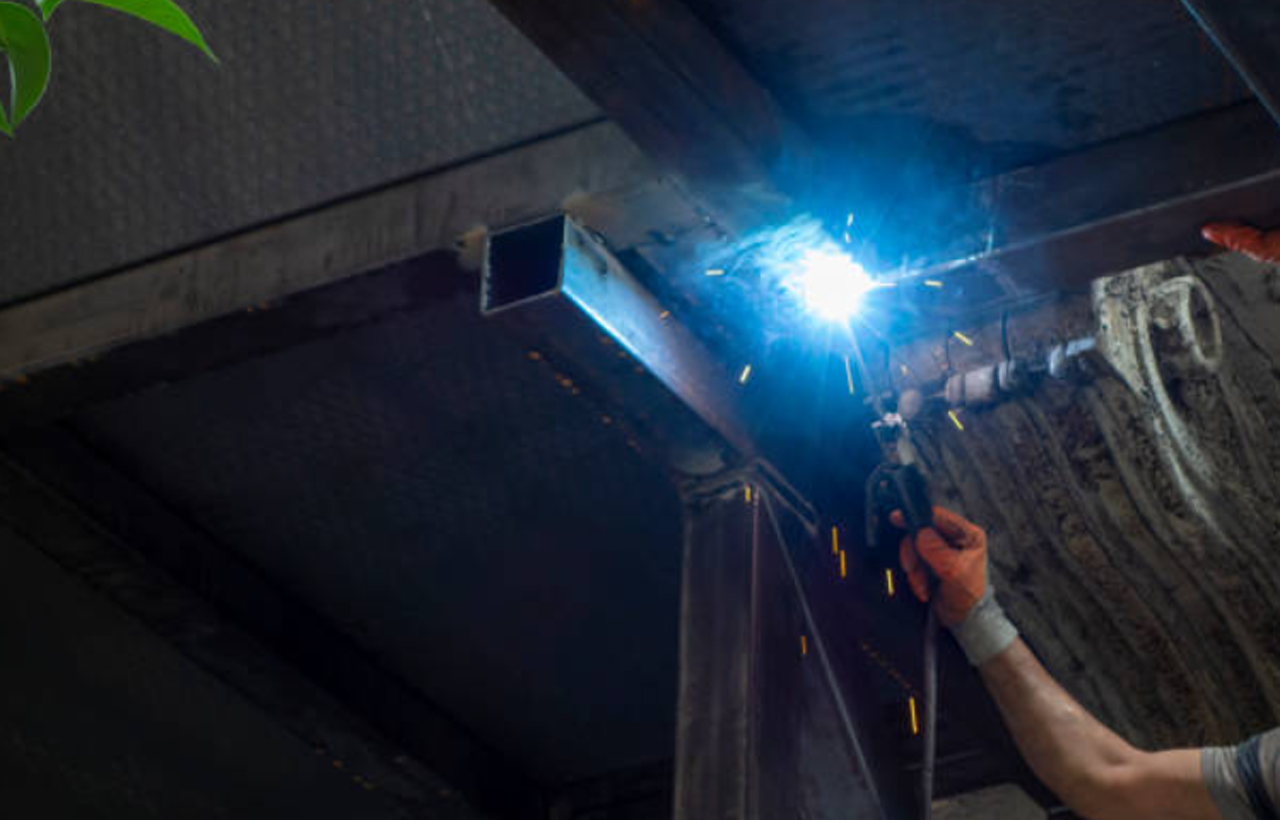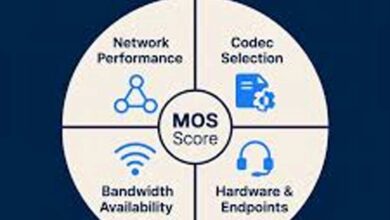Arc flashes can pose a significant threat to any facility with electrical infrastructure. As a result, there is an urgent need for stringent safety enforcement to ensure the safety of personnel. To achieve this, executing a comprehensive arc flash analysis is crucial. This involves following a structured series of steps to identify inherent hazards and advocate for defensive measures.
This article outlines a concise five-phase approach for conducting a successful arc flash study, which includes collecting prerequisite data, analyzing the electrical scheme, evaluating arc flash hazards, labeling accordingly, and enforcing safeguarding policies. By following these sequenced stages carefully, it is possible to create a safe work environment that contains risks and protects the workforce from the consequences of arc flash incidents.
Understanding Arc Flash Studies
Before diving into the process, it’s essential to understand what an arc flash study entails. An arc flash is a dangerous electrical explosion that can cause injury or even death. An arc flash study identifies risk areas in your electrical system and provides guidelines on protective measures and safety training.
Step 1: Data Collection
An arc flash study requires a systematic compilation of data regarding the electrical structure of the site, similar to the investigative work of detectives. You need comprehensive information, not just a summary, for each electrical device, including its location, type, manufacturer, model, and specific electrical characteristics. In addition to devices, knowledge of system mapping and protective equipment is essential. Collecting detailed information is not just beneficial, it is essential, as it provides the backbone for subsequent analysis and future safety measures.
Step 2: System Analysis
After collecting relevant data, a thorough examination of the electrical circuitry begins. This process involves calculating fault currents, assessing protective equipment, and identifying potential vulnerabilities that could pose safety risks. Due to the complexity of the analysis, software is frequently used to expedite the process. The ultimate goal is to have a complete understanding of how the system behaves during various fault scenarios. Proactive identification and resolution of underlying problems promote a culture of safety.
Step 3: Arc Flash Risk Assessment
The next step involves carrying out an arc flash hazard assessment. This analysis aims to determine the amount of incident heat – that is, the thermal energy that would be projected toward a worker in the event of an arc flash. The calculations are carefully performed for each component, taking into account factors such as the operating distance, fault current, and the time it takes for the protective device to activate. By being meticulous in evaluating potential hazards, a detailed safety document can be produced that addresses all possible scenarios and minimizes the associated risks.
Step 4: Creating Arc Flash Labels
After conducting a thorough risk evaluation, it is crucial to create clear and informative arc flash warning labels. These labels are essential for providing direct warnings and guidance throughout the facility and communicating important safety information to all personnel. The information provided on the labels must include the magnitude of incident energy and the designated arc flash boundary. By indicating the safety threshold, the labels help to determine the distance that poses a threat of exposure, and prescribe the necessary Personal Protective Equipment (PPE) for each respective zone. These labels are more than just simple adhesives on machinery; they represent significant milestones in the journey toward a safer work environment.
Step 5: Implementing Safety Measures
It is essential to take protective measures to create a secure working environment. This can be achieved through comprehensive workforce training that covers arc flash hazards, proper handling of Personal Protective Equipment (PPE), and emergency response procedures. It is crucial to empower personnel with the necessary knowledge to protect themselves in the event of an arc flash. Other critical measures include upgrading electrical equipment and system architecture to reduce the risk of arc flash incidents. It is important to remember that prevention is better than cure, and these actions can be the first line of defense against potential electrical hazards.
Conclusion: Review These Steps If You’re Considering An Arc Flash Study
Electrical safety in the workplace is a serious endeavor. To ensure safety in the workplace, arc flash studies should be conducted periodically. If any changes are made to the system or new hardware is installed, the study should be repeated. Following the outlined procedures strictly can help create a secure work environment and protect the workforce from arc flash hazards.








